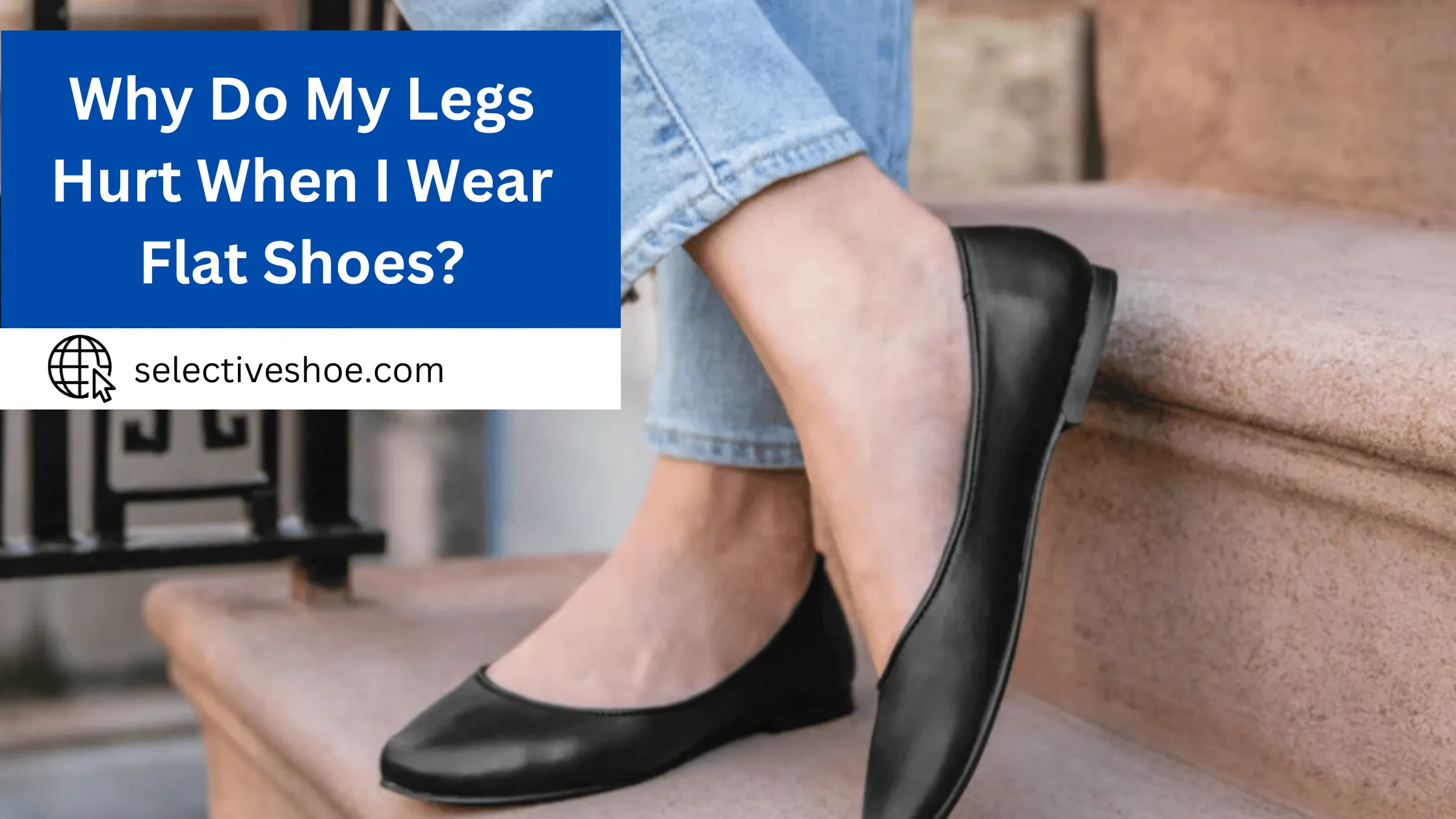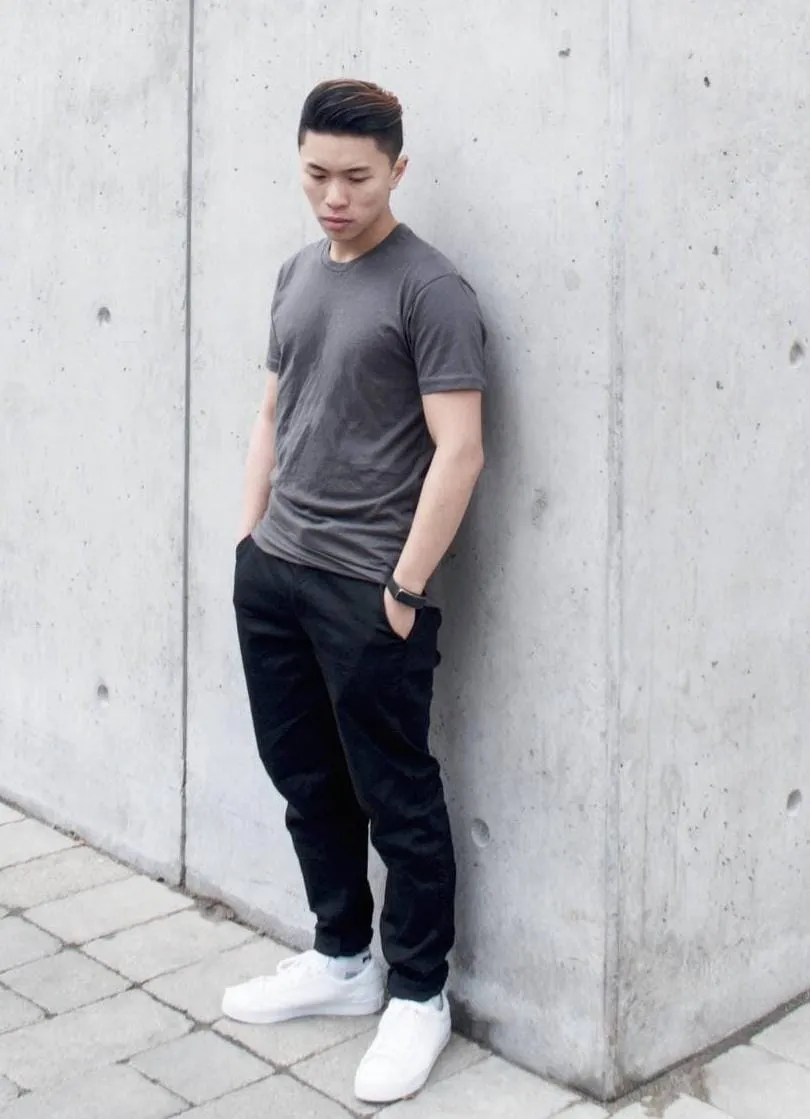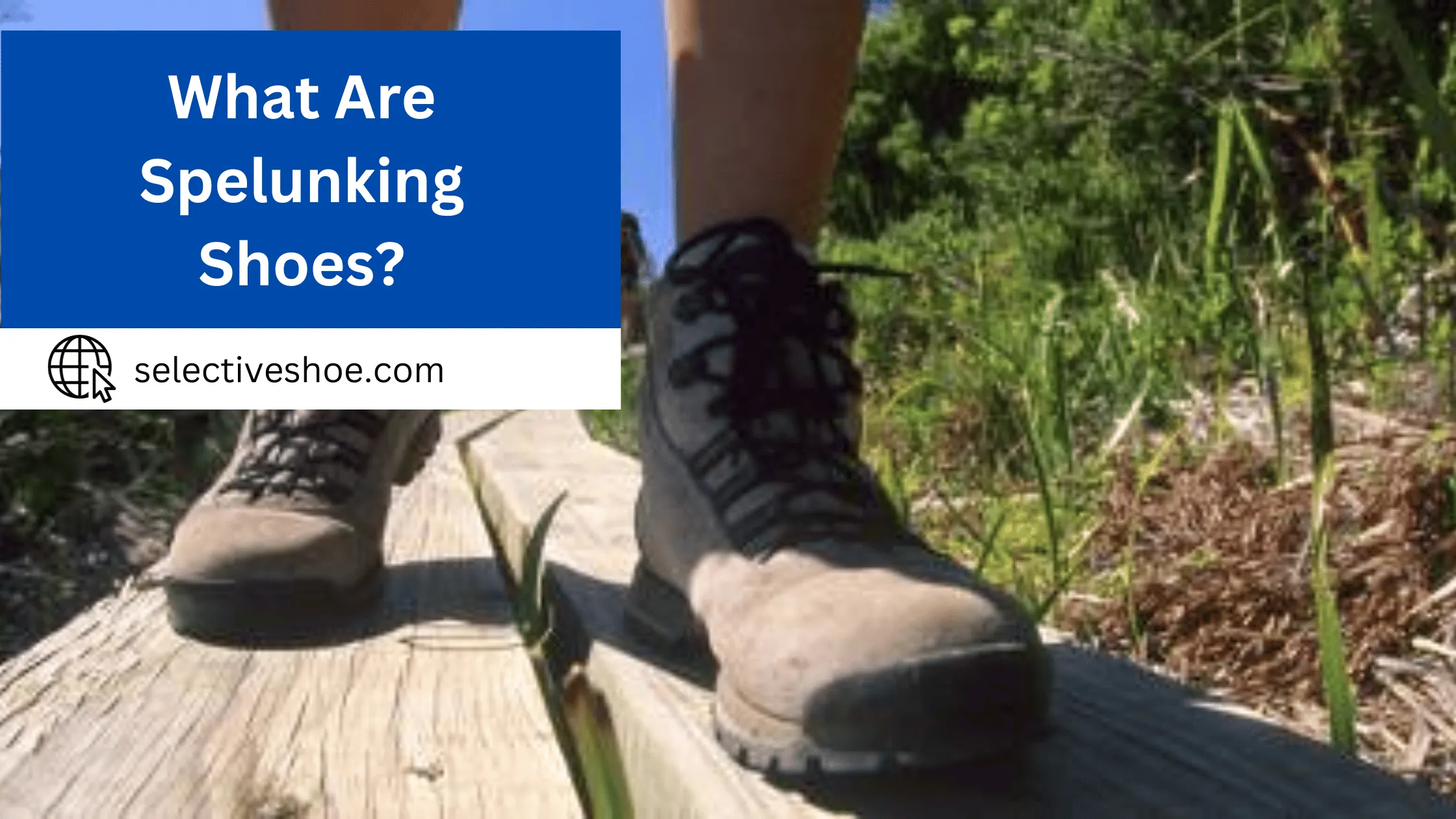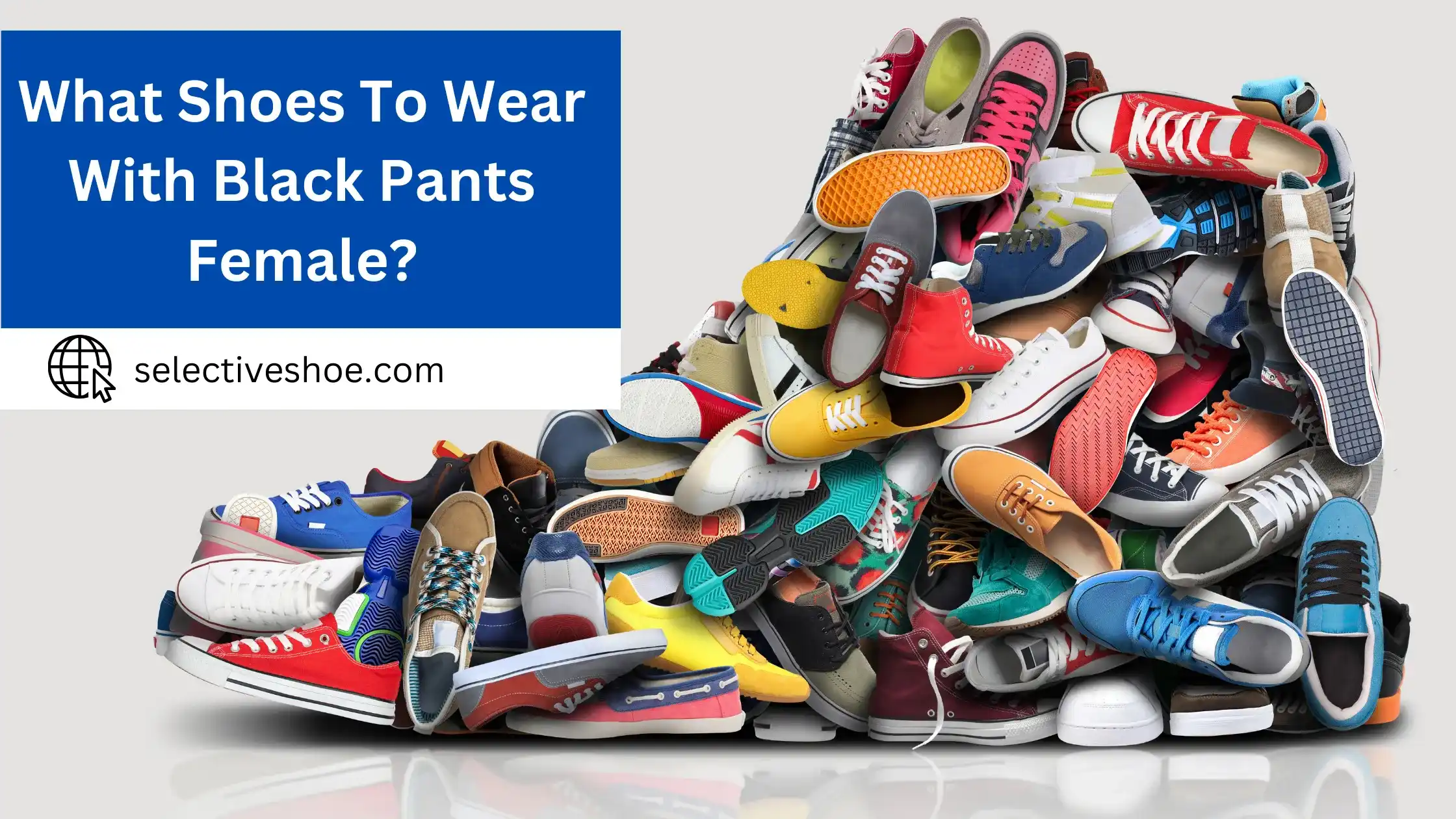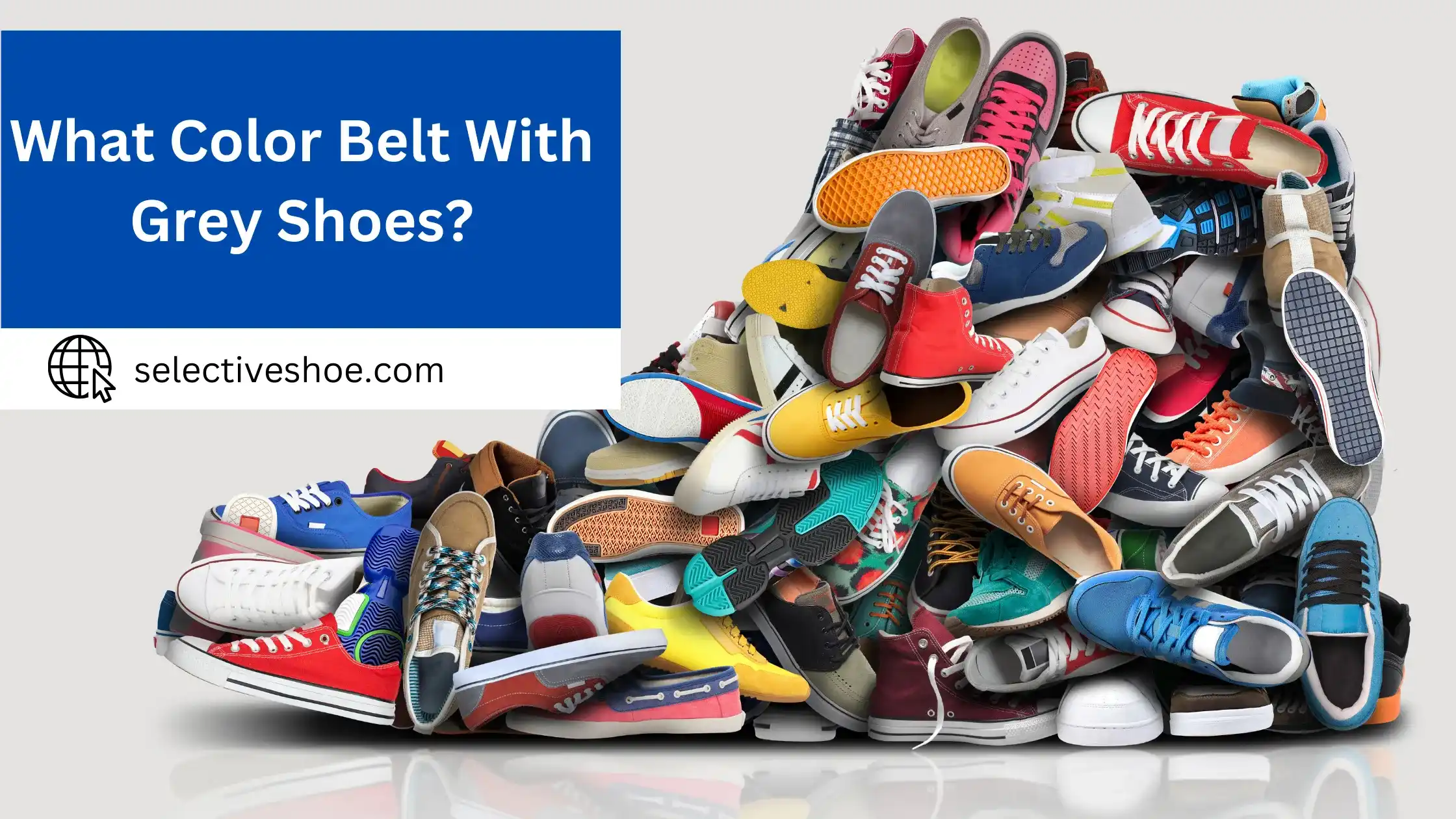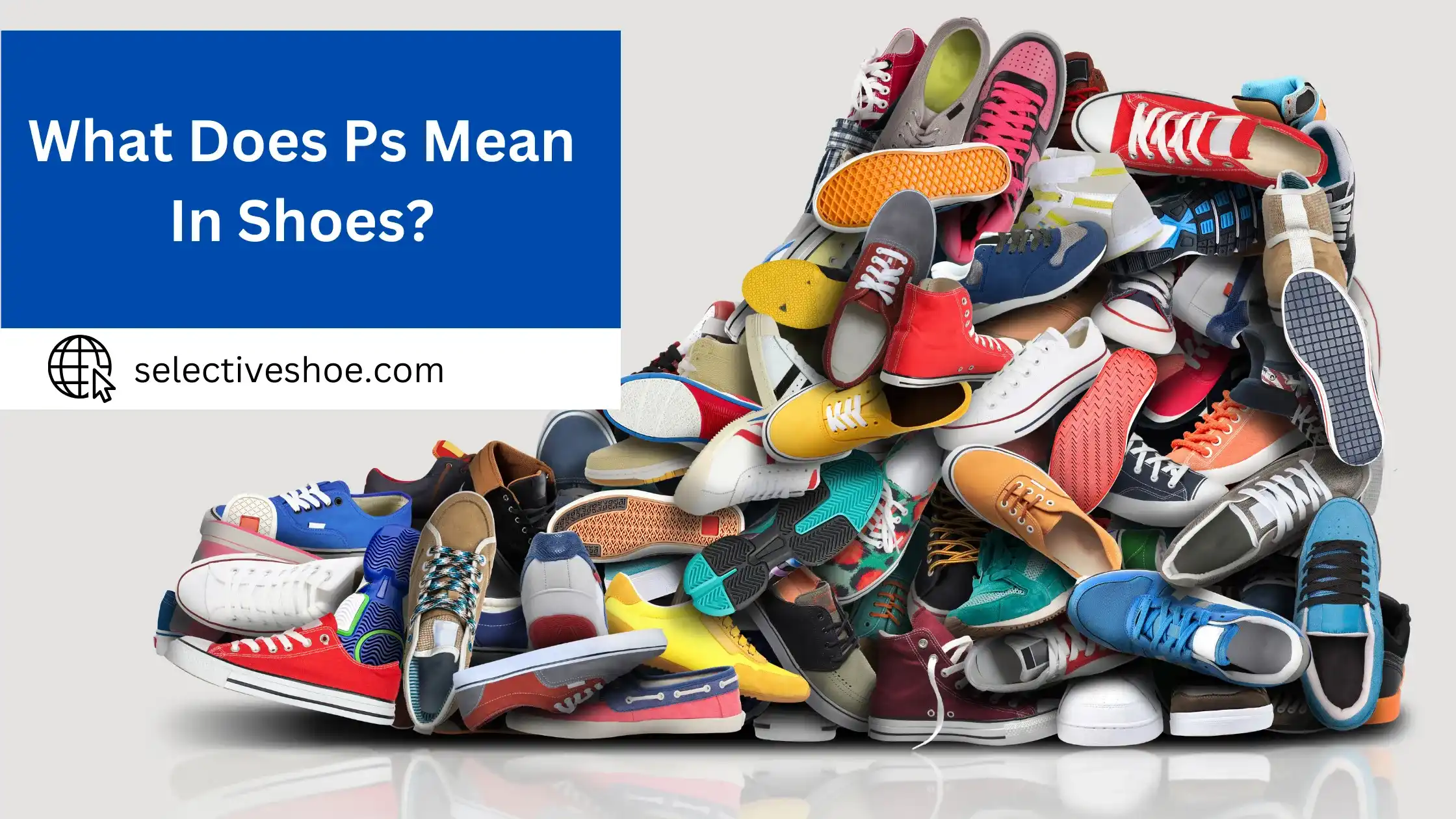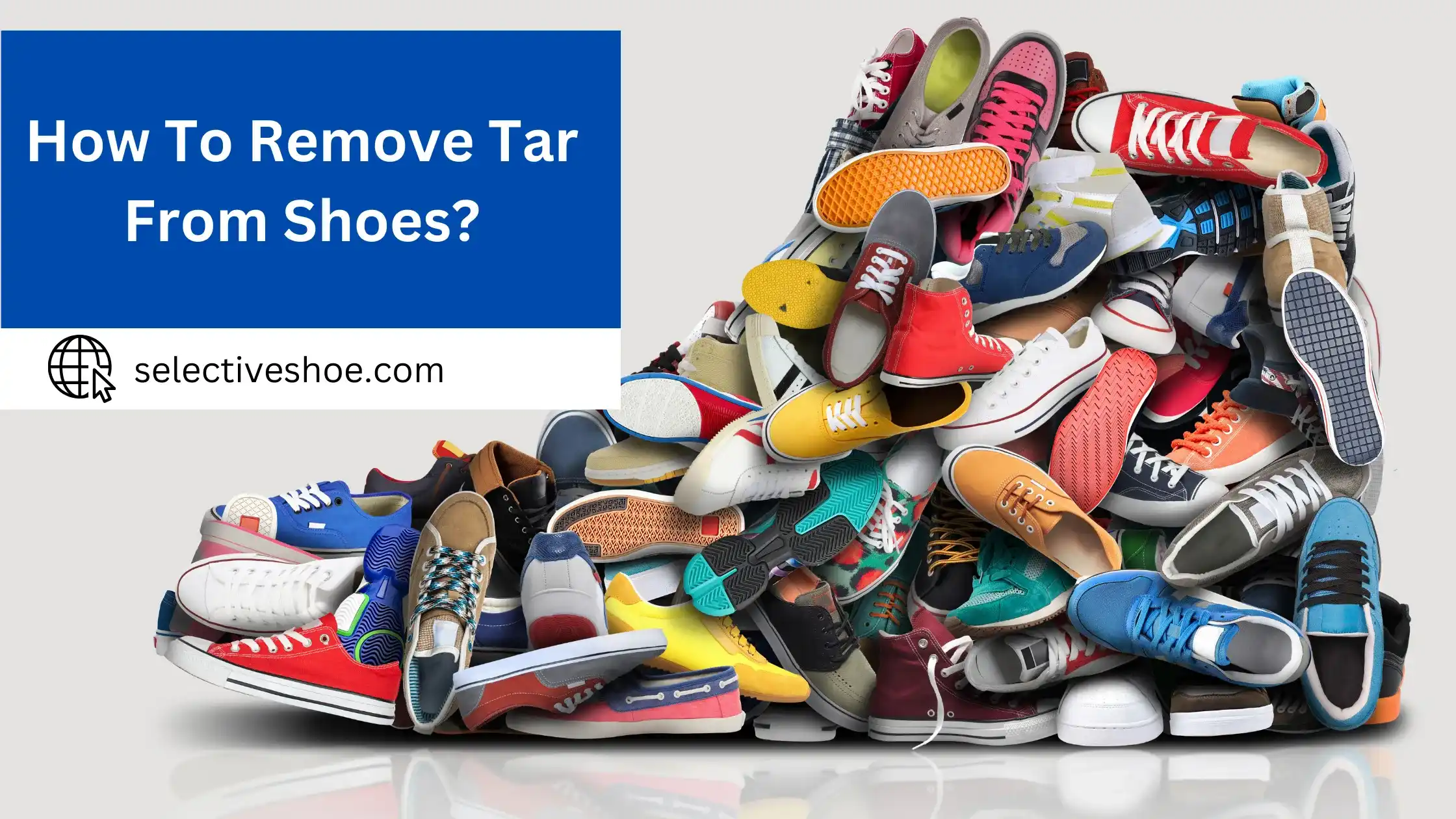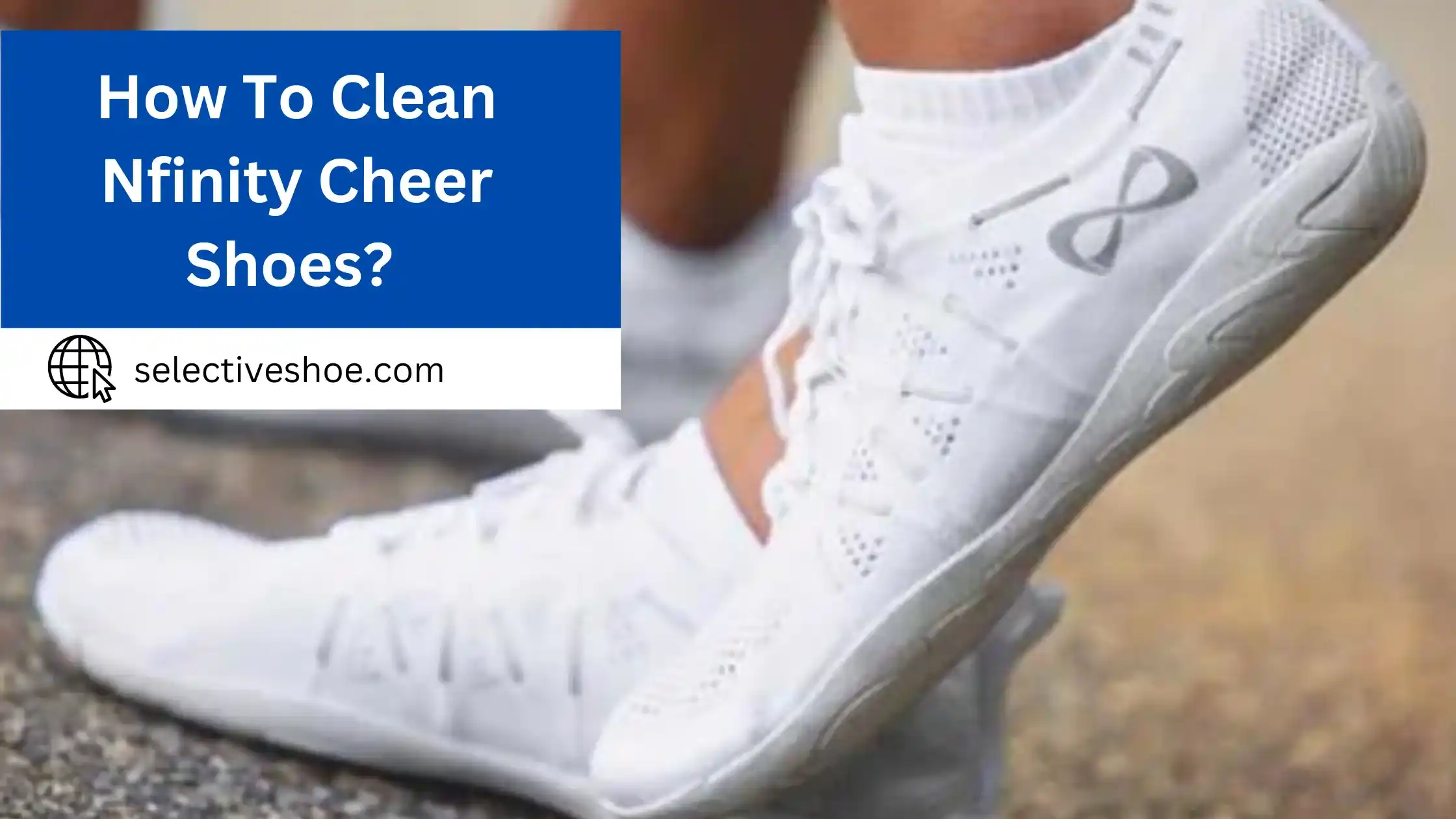Many people experience discomfort or pain in their feet and legs from improperly-fitting shoes, including flat ones. While there are many potential explanations for why your lower extremities hurt when wearing certain types of shoes, such as poor support, lack of arch support, worn-out soles, etc., it is essential first to understand the basics about why these issues may occur to determine the best way to remedy them.
We will examine why our legs can hurt when we wear specific shoes, exceptionally flat ones so that you can figure out how to address any discomfort and get back on the road to walking more comfortably again. Here are some common explanations:
What Are The Causes Behind Hurting Legs When You Wear Flat Shoes?
Several causes might cause leg ache when you wear flat shoes, and it includes:
Lack of Arch Support:
Flat shoes, especially those with thin soles, often provide little to no arch support. People with pronounced arches, either high or flat-footed, may experience discomfort as the foot isn’t adequately supported, leading to strain on the plantar fascia (the ligament that connects the heel to the toes).
Plantar Fasciitis:
Those who suffer from plantar fasciitis, inflammation of the ligament above, may find that wearing shoes without proper arch support exacerbates the condition, causing heel pain and discomfort along the foot’s sole.
Overpronation:
This refers to the inward rolling of the foot while walking or running. Flat shoes without proper support can aggravate this condition, leading to pain in the ankles, arches, and even the calves and knees due to misalignment.
Insufficient Cushioning:
Many flat shoes need more cushioning, found in sneakers or more ergonomic footwear. The absence of this cushion can lead to a more significant impact on the feet when walking, potentially causing pain or discomfort.
Achilles Tendonitis:
Wearing high heels frequently and suddenly switching to flat shoes can strain the Achilles tendon. This is because the tendon, shortened from frequent heel use, gets overstretched when flat shoes are worn, leading to tendonitis.
Other Foot Conditions:
Issues like bunions, hammertoes, or Morton’s neuroma might be exacerbated by the lack of support or the narrow design of specific flat shoes.
How Flat Shoes Impact Your Posture?
Flat shoes, especially those lacking proper support, can influence posture in various ways:
Arch Strain:
The human foot naturally has an arch that acts as a shock absorber during movement. Flat shoes that lack arch support can cause the feet to overpronate (roll inward), potentially strain the arch and plantar fascia.
Misalignment:
Without proper foot support, there might be a chain reaction of misalignment. Overpronation, for instance, can cause the ankles to roll inwards, potentially leading to misalignment in the knees, hips, and spine.
Reduced Shock Absorption:
Our feet, especially the heels, experience significant force with every step. Shoes with heels or adequate cushioning can absorb some of this shock. In contrast, flat shoes without cushioning transfer more of this impact to the feet and up the legs, potentially affecting joints and posture.
Achilles Tendon Shortening:
For those used to wearing heels, suddenly switching to flat shoes can cause strain on the Achilles tendon, as it’s stretched more than it’s accustomed to. Over time, this can impact posture and walking gait.
Compensatory Mechanisms:
To counteract discomfort or instability from flat shoes, individuals might unknowingly adopt compensatory walking or standing mechanisms, such as externally rotating the feet or adjusting hip positioning. Over time, these compensations can lead to posture changes.
The Role of Foot Arch: Why Flat Shoes Might Not Be for Everyone?
Every individual’s foot arch is unique, and this plays a pivotal role in determining shoe compatibility:
High Arches (Cavus Foot):
Those with high arches lack natural shock absorption. Flat shoes without adequate support or cushioning can exacerbate foot fatigue, instability, and the risk of ankle injuries.
Flat Feet (Low Arches):
Individuals with flat feet or fallen arches tend to overpronate. Without the necessary arch support from shoes, they might experience strain in various parts of the foot and leg.
Neutral Arches:
While those with neutral arches have a natural balance and alignment, consistently wearing unsupportive flat shoes can still lead to foot fatigue and potential discomfort.
Arch Flexibility:
Some people have flexible arches that appear neutral when standing still but flatten when bearing weight. Such individuals might experience discomfort with flat shoes as they might not provide the dynamic support needed.
The Fit Factor: How Incorrectly Sized Flat Shoes Contribute To Leg Pain?
Wearing shoes that don’t fit correctly, whether too big or too small, can lead to many issues. Here’s how improperly sized flat shoes can lead to leg pain:
Toe Compression:
Flat shoes that are too small can compress the toes, causing overlapping or pushing them into unnatural positions. This can result in bunions, hammertoes, or corns, impacting your walking style and contributing to leg pain.
Heel Slippage:
If the flat shoes are too big, your heel may slip out of the shoe with every step. This can lead to blisters, an altered gait, and strain on various leg muscles as they try to compensate.
Increased Friction:
Improper fit can cause increased friction in certain areas, leading to blisters, calluses, and other painful skin irritations, subsequently altering your walking pattern.
Altered Gait:
Overall, improperly sized shoes force the feet and legs to move unnaturally. Over time, this can strain muscles, ligaments, and joints, leading to leg pain and other related issues.
Preventing Pain: Tips For Wearing Flat Shoes Without Hurting Your Legs
- Always ensure you’re wearing the correct size. This means measuring your feet professionally, as shoe sizes differ among brands.
- Consider investing in over-the-counter orthotic insoles if your flat shoes lack proper arch support. They can provide the necessary arch support and cushioning.
- If your flat shoes are less supportive, avoid wearing them for extended periods, especially if you’ll be standing or walking a lot.
- Invest in well-made flat shoes that offer both comfort and support. Look for cushioned insoles, sturdy outsoles, and flexible uppers that adapt to your foot’s shape.
- New shoes can be stiff. Wear them for short periods initially until they’re broken in to prevent blisters and discomfort.
- Don’t wear the same pair every day. By rotating shoes, you give each pair time to air out, and you’re not continually subjecting your feet to the same pressure points.
- If a pair of shoes causes discomfort or pain, it’s a clear sign that they might not be suitable for extended wear. Pay attention to any signs of strain or pain and act accordingly.
By paying attention to fit and being proactive about foot health, you can enjoy the style and convenience of flat shoes without compromising on comfort or well-being.
Conclusion:
No one wants to compromise their health. Even if flat shoes do feel comfortable at the moment, it is essential to recognize when they are detrimental to our bodies. Thankfully, many tips and tricks can make wearing flats less painful. If you frequently ask why your legs hurt when you wear flat shoes, consider seeking professional advice and then consider what works best for your particular circumstances. Taking steps to improve foot and leg health can help maintain good physical health consistently.
